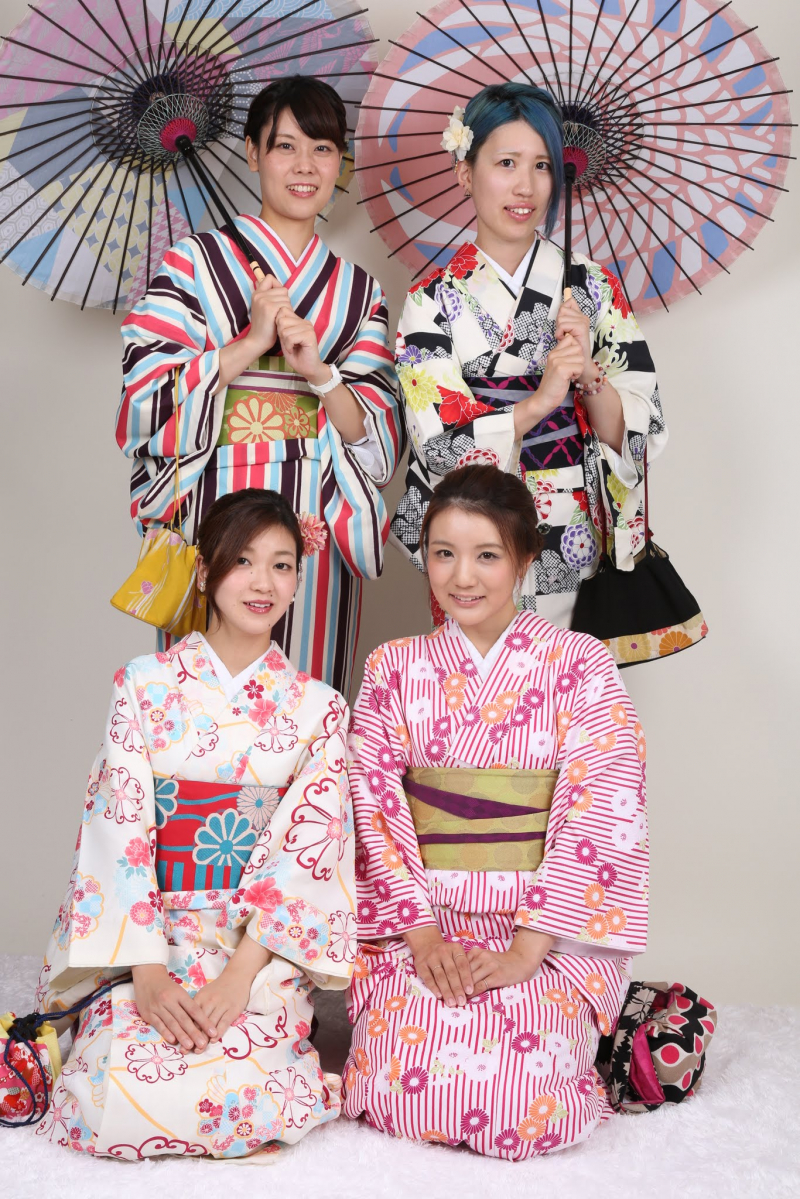Dressing Style & Interaction
Particularly in Tokyo, Japanese people have a penchant for dressing formally. While tourists don't need to go overboard, they will be more well-liked if they are neat and tidy, and anyone intending to conduct business must wear a sharp suit. It's also crucial to arrive on time for both social and professional appointments.
This book follows the convention of writing Japanese names with the family name coming first, then the given name (except where the Western version has become famous, such as Issey Miyake). However, when interacting with foreigners, they could write their names reversed. If you're unsure, check because it's customary to address people with their family name followed by the suffix -san, as in Suzuki-san.
San is an honorific term used to address others, thus you shouldn't use it to introduce your family or yourself. Additionally, you'll frequently hear the diminutives -chan or -kun used as a form of address; they are only used for very close friends, young children, and pets. The most polite form of address is one that ends in "sama."












